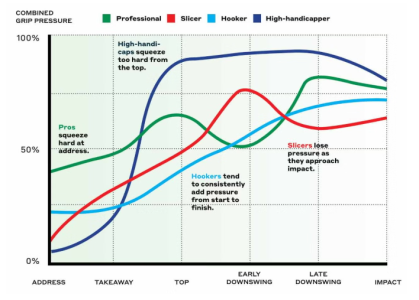Golf is fun
Well-known member
If strength is not the prime factor, what do you suppose is the reason for the clear difference in speed and distance between male and female golfers?Of course you need some strength to hit the ball but it's not the prime factor in distance. Strength and weight create the initial momentum to allow the arms and wrists to freewheel but only to a certain degree. I asked the question whether the best golfers at your club are all pumped up beefcakes?
What comment do you have for the video I posted, do you disagree with the results this guy achieves.
What has being the best golfer at my club or being a beefcake got to do with anything? A sample size of a few people is pretty meaningless, how do we know the best golfer at my club wouldn't become better if they got stronger? Better to look at the bigger group of elite players and see what commonalities they have, one of which is even the "short hitters" hit it far.
I disagree that speed is effortless. I disagree that speed comes from a light grip pressure, it may feel light to elite players but that's because they have a strong grip (literally not in golf terminology), and so what is light to them is a force than the average person might apply as a max. It's basic physics, to get speed you must accelerate the club, to accelerate the club you must apply force to it, the bigger the force the greater the acceleration.
Edit - some of the data from the sensorgrips study that backs up my point above. Note the pressure is measured in percentage, so no absolute amounts are there, but relative to their max pros never grip at less than about 4/10, never below 5/10 after reaching the top of the backswing, and once into the downswing this pretty much increases to impact peaking at around 8/10. Notice the only groups to reduce pressure into impact are high handicappers and slicers.

Last edited:
